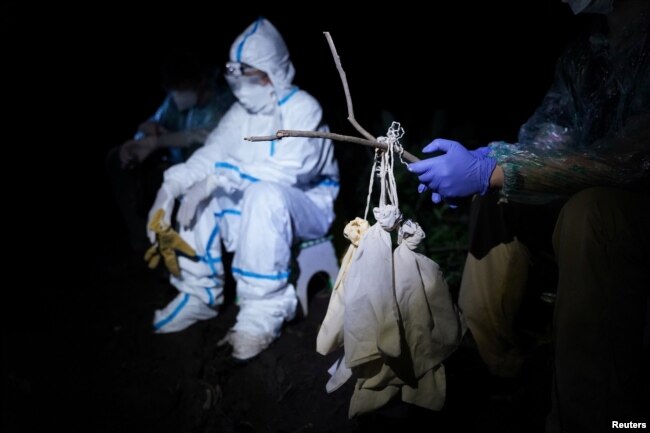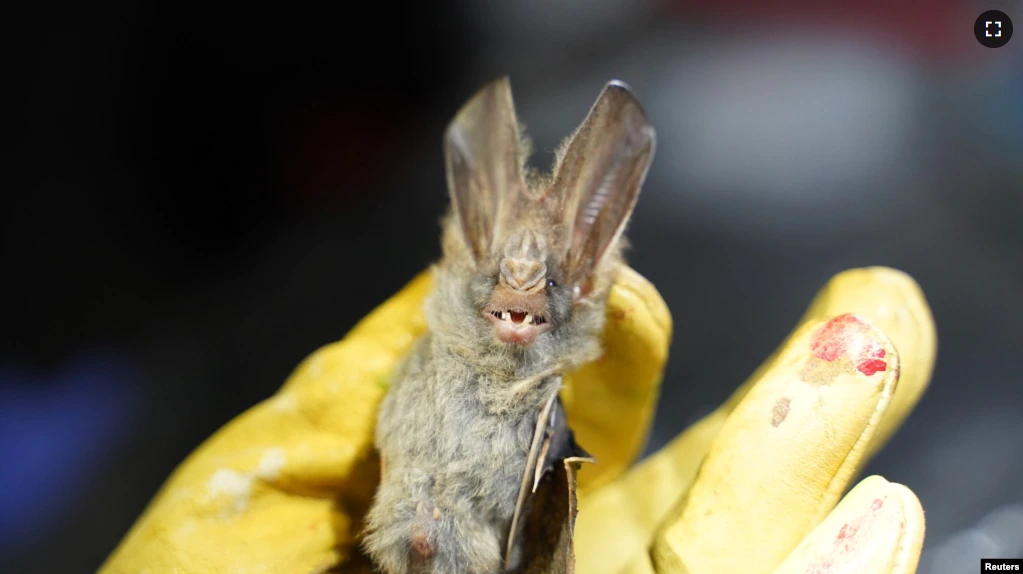A new study suggests that SARS-related coronaviruses similar to COVID-19 infect about 66,000 people each year in Southeast Asia.
The study also found that nearly 500 million people live near environments where bat carriers of the coronaviruses are found. Scientists involved in the research say bats often carry viruses in the same family as SARS-CoV-2, which causes COVID-19.
The study – recently published in Nature Communications – also suggested that viral infections jumping from bats to humans may have been “substantially underestimated.” The researchers said their mapping of bat species in Southeast Asia could aid efforts to find the origins of COVID-19.
The researchers centered on 26 species of bat known to host SARS-like coronaviruses in an area covering 5.1 million square kilometers. They then added in data on antibody levels among people who had reported contact with bats.
Southern China, northeastern Myanmar, Laos and northern Vietnam were identified as the areas with the greatest number of bat species that host SARS-like coronaviruses.

The researchers said their estimate of 66,000 people becoming infected with SARS-related viruses yearly in Southeast Asia suggests bat-to-human transmissions are common. But they noted that such transmissions are usually not identified by current data collecting efforts.
Meriadeg Le Gouil is a virologist at the University of Caen Normandy in France. He told Nature that while the research is a good starting point, “nature is far more complex than a model.”
Peter Daszak was among the study writers. He served on the World Health Organization (WHO) team that investigated the origins of COVID-19. The team visited Wuhan, China early last year, where the pandemic was first identified at the end of 2019.
The WHO said in June that the lack of data from China made it difficult to find out when and how the coronavirus first crossed over into the human population.
A study published by the journal Science at the end of July suggested that live wildlife trade was still the best explanation for the origins of COVID-19.
I’m Bryan Lynn.
Reuters reported this story. Bryan Lynn adapted the report for VOA Learning English.
______________________________________________________________
Words in This Story
transmission – n. an act or process of spreading, or passing along
origin – n. where something comes from in the beginning
